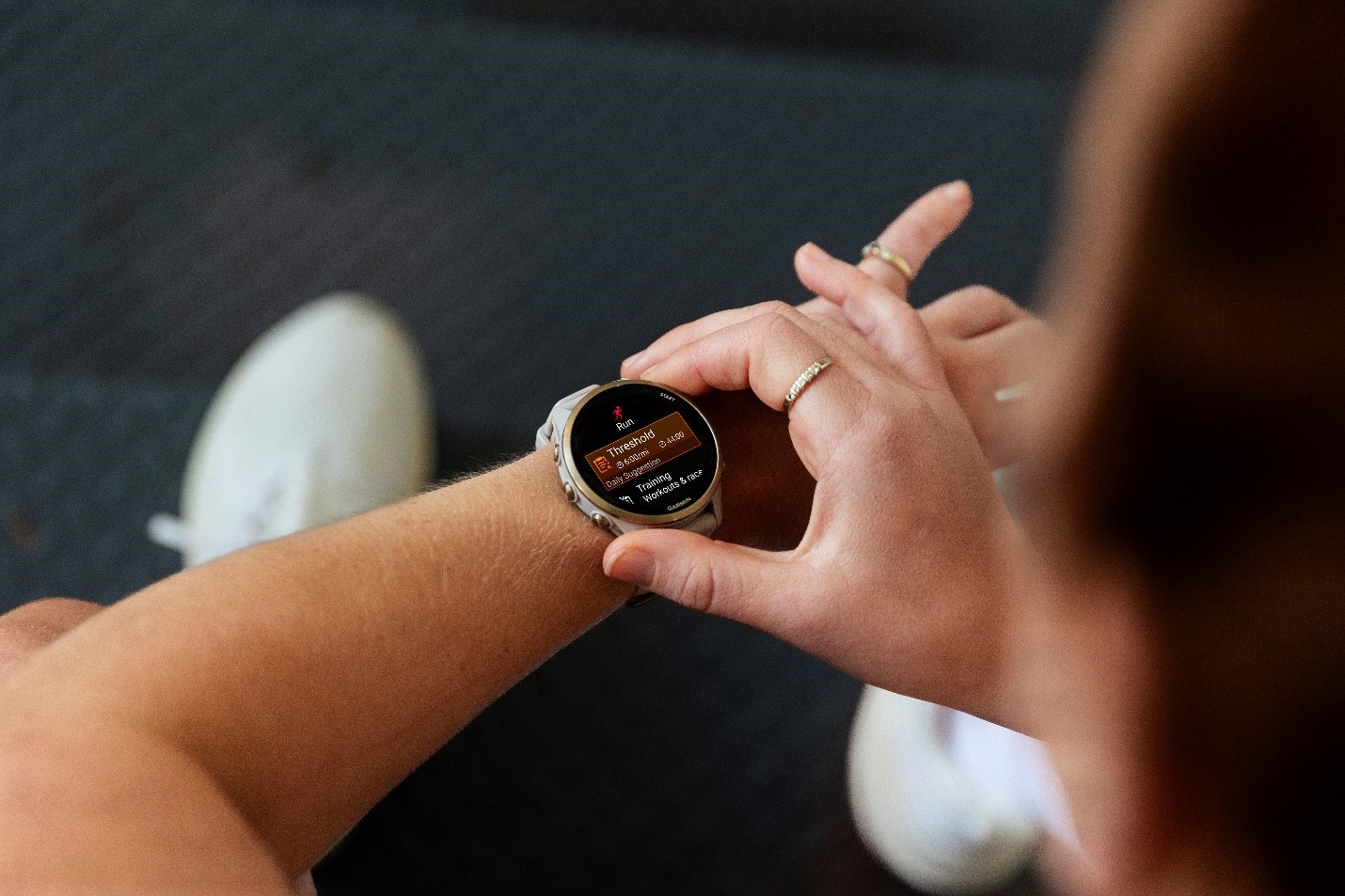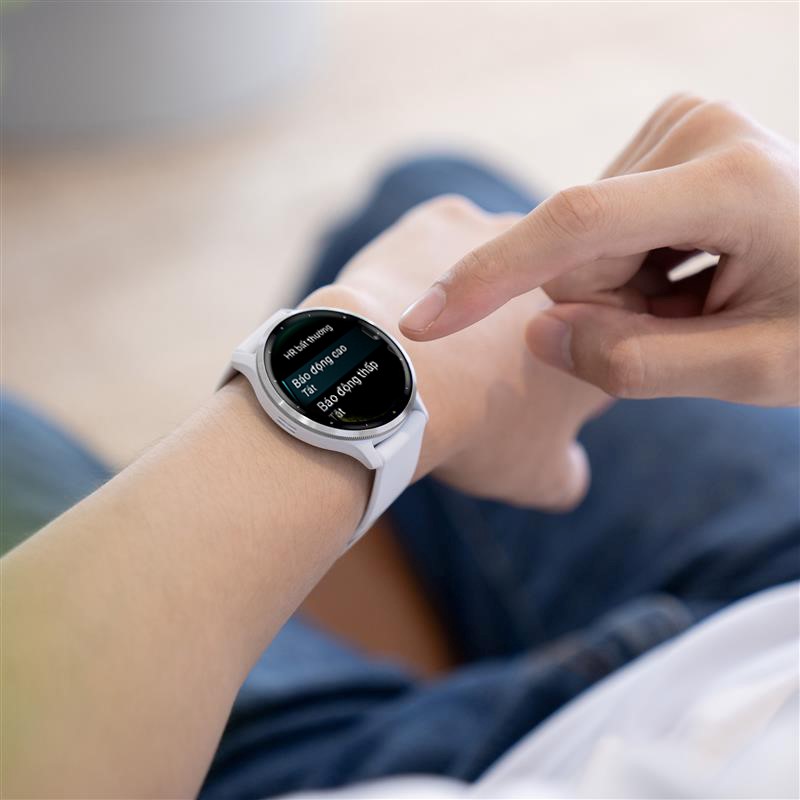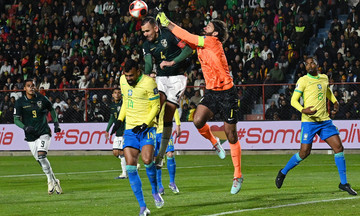Overtraining occurs when the body is subjected to a training load that exceeds its ability to recover. This is a common cause of injuries, sleep loss, chronic muscle pain, and even loss of motivation among runners.
According to TrainingPeaks, the signs of overtraining are often easy to spot: from persistent fatigue despite rest and unusually declining performance to low mood. In mild cases (overreaching), just a few days of adjustment can restore the body's balance. But if it persists, runners can easily fall into true exhaustion – not only reducing progress but also eroding overall health.
 |
Runners are prone to injuries when overtrained. Photo: *Elo Health* |
Several medical indicators also reflect changes in physiology, such as elevated resting heart rate, decreased heart rate variability (HRV), or lack of energy recovery, all of which are "red flags."
In fact, overtraining or insufficient rest can put silent stress on muscles and the nervous system, even if you don't feel it clearly. Ignoring these signs can lead to accumulated fatigue, resulting in lethargy, injury, and ultimately a plateau – no progress or even regression.
To avoid the cycle of overtraining and injury, runners today rely on more than just how they feel. They need accurate data to guide them on when to accelerate, when to slow down, and when to rest. This is why sports watches have become indispensable companions.
Among them, Garmin is a brand with new-generation smartwatches capable of providing a comprehensive picture of a runner's physical condition: from detailed data to recovery ability. The devices not only record numbers but also translate them into reminders, letting runners know when to push and when to hold back to maintain long-term performance.
Training Load mode assesses the total energy and oxygen consumed by the body after recent training sessions. If this indicator exceeds the recommended level, the body is overworked. Conversely, if the training load is too low, the training is considered ineffective for improving performance.
Body Battery represents the body's energy level, personalized based on stress levels, sports activities, and rest. This lets runners know if they have depleted their energy for the day.
The Training Readiness indicator combines data from sleep, stress, and short-term training load, providing a clear score to guide whether it's time to push harder or to back off for safety. After each workout, Recovery Time becomes a personal "reminder": if the recovery time is unusually long, the Garmin watch alerts the runner to rest or adjust the intensity.
 |
Runners can monitor metrics directly on their watches. Photo: *Garmin* |
According to Garmin, thanks to this warning system, runners are no longer uncertain about whether to continue training or rest. They have a scientific basis for balancing training and recovery, maintaining performance, and limiting injuries. "The watch doesn't replace body awareness, but it's an early warning system that helps runners balance training load and recovery at the right time," a Garmin representative stated.
Minh Duc (35 years old, TP HCM), a member of the Garmin Run Club, shared that he once planned to maintain a 5-session-per-week training schedule to prepare for a half marathon. However, his Garmin watch consistently warned of an unusually high resting heart rate. "I subjectively felt fine, but seeing the warning parameters, I consulted experienced members in the club, who explained the indicators. I decided to reduce the intensity. After a few days of rest, my body recovered significantly; otherwise, I might have suffered a serious injury," he said.
Another time, Duc noticed that the Body Battery on his Garmin watch didn't recover after a night's sleep, even though he felt he had rested enough. "Initially, I planned to train as scheduled, but the watch indicated low energy, so I postponed the session to the next day. This decision helped me avoid prolonged exhaustion," he recounted.
Similarly, for Le Phuong Nam (42 years old, Da Nang), a sharp drop in HRV after a period of high-intensity training served as a warning. "At first, I thought it was just temporary fatigue. But when the watch recommended an additional 48 hours of rest, I followed it. Afterwards, my performance improved instead of stagnating," he said.
 |
Runners can choose the Vietnamese language mode. Photo: *Garmin* |
In fact, Garmin stated that they research and integrate warning systems for both training and resting states. Parameters like unusual heart rate, decreased HRV, excessively fast cadence, high running power, or increased stress levels are all analyzed and flagged.
According to Garmin coaches, combining warning data from the device with personal awareness, properly allocating time between training and rest, and prioritizing sleep, nutrition, and stress management will help runners build a solid foundation, ready to excel on the track.
Lan Anh












